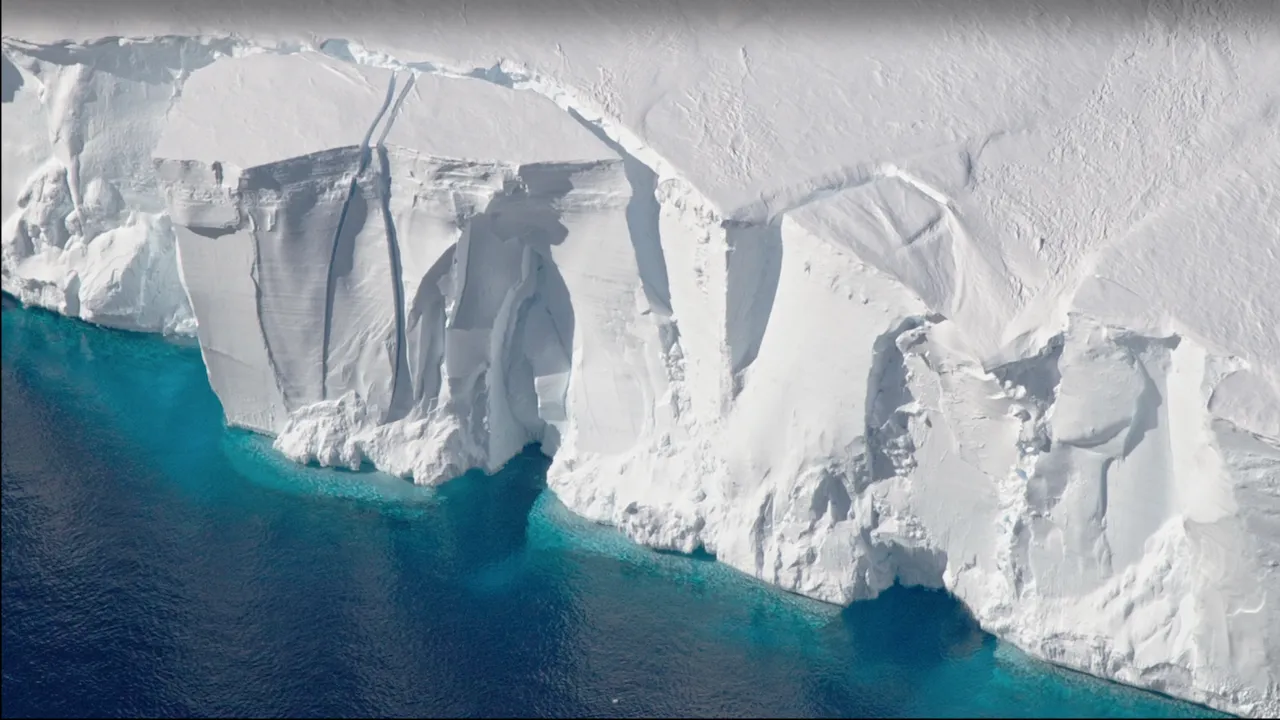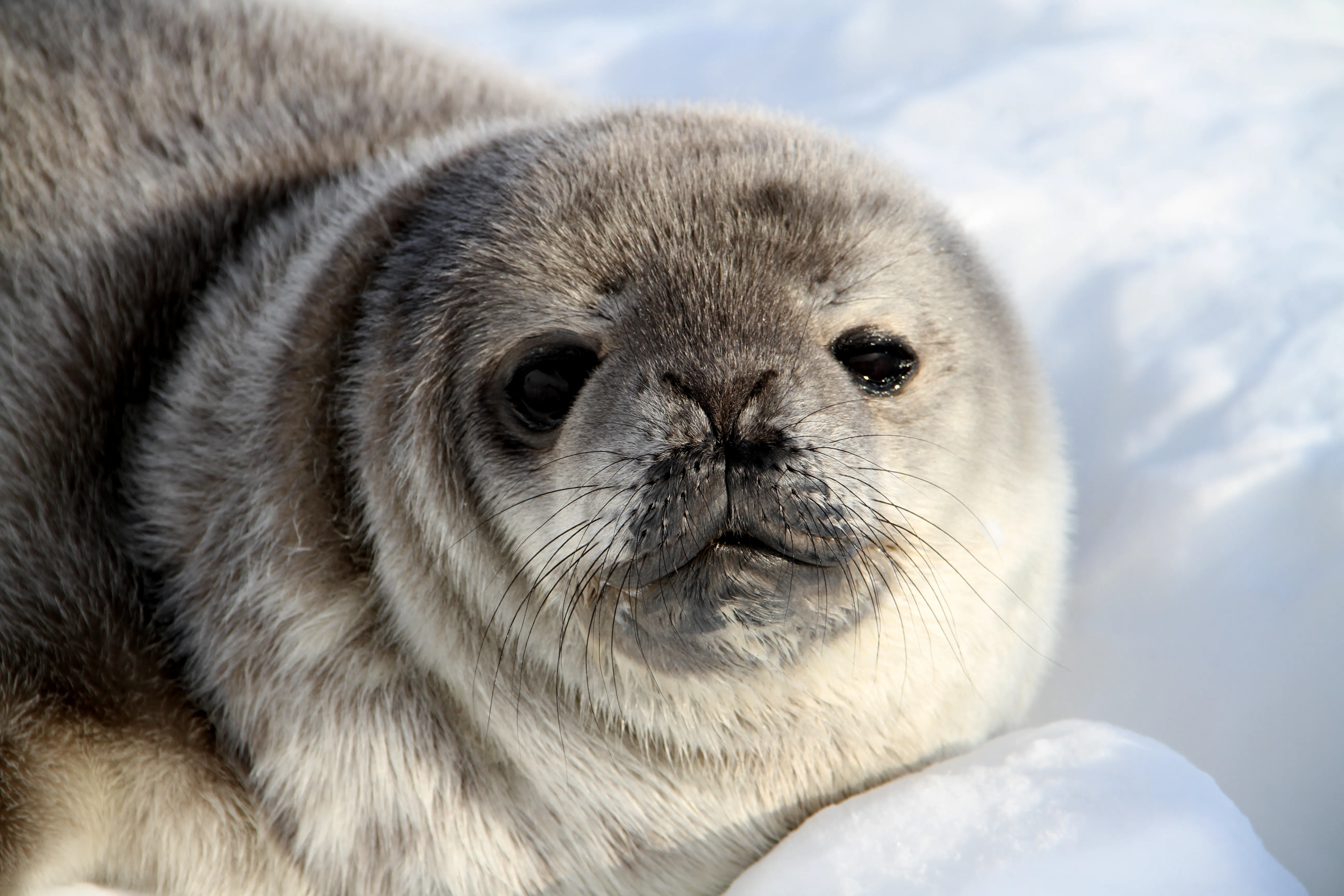The West Antarctic Ice Sheet (WAIS) is undergoing an alarming rate of ice melt, a crisis that poses severe risks to the Antarctic ecosystem, global sea levels, and climate stability. This rapid ice loss underscores the pressing need to understand its causes, anticipate its implications, and mobilize effective responses to combat climate change.
The Phenomenon
The WAIS, one of Antarctica’s two major ice sheets, has been shedding mass at an unprecedented rate. Recent satellite data and ground measurements reveal that this region is a significant contributor to global sea level rise. Scientists estimate that the rate of ice loss from the WAIS has tripled over the past two decades, primarily driven by interactions between warming oceans and vulnerable ice shelves.

Several interrelated factors contribute to the accelerated melting of the WAIS:
- Global Warming: Human-induced climate change, fueled by the widespread burning of fossil fuels, industrial emissions, and large-scale deforestation, has significantly elevated atmospheric and oceanic temperatures. These rising temperatures amplify the melting of ice sheets by intensifying surface melting and destabilizing glaciers in vulnerable coastal regions. Additionally, feedback mechanisms—such as the albedo effect, where less reflective ice is replaced by dark ocean water—further accelerate warming.
- Ocean Currents: Warm ocean currents, such as the Circumpolar Deep Water, penetrate deep beneath ice shelves, delivering heat directly to their undersides. This basal melting destabilizes the structural integrity of ice shelves, making them thinner and more susceptible to fracturing. As a result, the weakened ice shelves lose their ability to impede the flow of glaciers, allowing massive volumes of ice to discharge into the ocean at an accelerated rate. Ocean currents are further influenced by wind patterns and global warming, creating a feedback loop that exacerbates melting.
- Ice Shelf Collapse: Ice shelves act as natural barriers, holding back the inland glaciers that feed into them. When subjected to prolonged thermal stress from rising air and ocean temperatures, they develop fractures and crevices that can quickly expand. Over time, these stresses culminate in dramatic collapses, such as the disintegration of the Larsen B Ice Shelf in 2002. The loss of these stabilizing structures leads to a dramatic increase in glacier flow speeds, significantly elevating the amount of ice entering the ocean and accelerating sea level rise.
Implications
The melting of the WAIS has profound and far-reaching consequences:
- Sea Level Rise: The WAIS contains enough ice to raise global sea levels by approximately 3.3 meters (11 feet). Even partial melting poses a severe threat to low-lying coastal areas, including major cities such as New York, Tokyo, and Amsterdam. Entire island nations, such as the Maldives and Tuvalu, could be rendered uninhabitable. Coastal flooding, saltwater intrusion into freshwater supplies, and loss of arable land will disrupt economies, displace millions of people, and strain global resources. Without intervention, catastrophic storm surges and permanent inundation of infrastructure will become unavoidable realities for vulnerable regions.
- Biodiversity Loss: Antarctic species such as emperor penguins, Weddell seals, and krill face significant habitat disruptions as sea ice diminishes. These species are critical to the Antarctic food web and global marine biodiversity. Krill, for example, serve as the primary food source for many marine animals, including whales, seals, and penguins. A decline in krill populations could destabilize the entire ecosystem, leading to cascading effects that impact fish stocks worldwide and disrupt human fisheries. Similarly, penguins and seals are vital indicators of environmental health; their decline signals broader ecological changes. Loss of biodiversity in Antarctica could have ripple effects, altering nutrient cycles and reducing the resilience of global marine ecosystems.
- Global Climate Patterns: The influx of freshwater from melting ice disrupts ocean salinity and circulation. For example, it can weaken the Atlantic Meridional Overturning Circulation (AMOC), potentially triggering extreme weather patterns, prolonged droughts, and regional cooling in Europe. A disrupted AMOC could also lead to more frequent and severe hurricanes along the U.S. eastern seaboard, as well as destabilized monsoon patterns in Africa and Asia, with catastrophic effects on agriculture and water resources.

Responding to the Crisis
Mitigating the rapid ice melt of the WAIS requires a multifaceted global approach:
- Reducing Greenhouse Gas Emissions: Limiting global warming to below 1.5°C is crucial to slowing ice loss. This effort involves transitioning to renewable energy sources, improving energy efficiency, and protecting carbon sinks such as forests and wetlands.
- Enhanced Research and Monitoring: Cutting-edge research initiatives, such as the International Thwaites Glacier Collaboration, play a critical role in improving our understanding of ice sheet dynamics and forecasting future changes. Advanced satellite imaging and oceanographic studies are vital for tracking the progression of ice loss.
- Adaptation and Mitigation Strategies: Coastal regions must invest in resilient infrastructure, such as sea walls and flood barriers, to protect against rising seas. Concurrently, international agreements must prioritize the preservation of Antarctic biodiversity and the mitigation of global climate impacts.
How You Can Help
Individuals can make meaningful contributions to addressing the challenges posed by WAIS melting:
- Reduce Your Carbon Footprint: Adopt energy-efficient practices, support renewable energy, minimize waste, and use sustainable transportation options to lower your greenhouse gas emissions.
- Advocate and Educate: Raise awareness about the urgent need for climate action. Share credible information about the WAIS and other environmental crises with your community to inspire collective action.
- Support Conservation Efforts: Contribute to organizations dedicated to climate research, Antarctic conservation, and global sustainability initiatives. Donations, volunteering, or advocacy can amplify their impact.
The rapid melting of the West Antarctic Ice Sheet is a stark warning of the urgent need for coordinated action against climate change. By addressing the root causes, preparing for the consequences, and fostering a global culture of environmental stewardship, we can mitigate the worst outcomes and protect the planet for future generations.